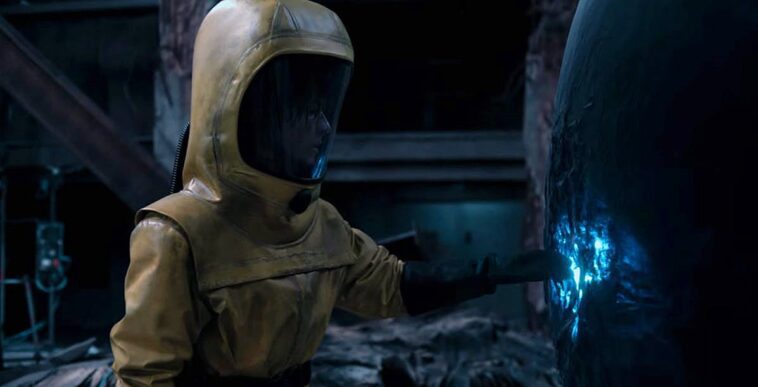Time travel is all the rage lately. It’s been used in everything from the latest series of Twin Peaks to Avengers: Endgame (spoilers ahead for both of those…you’ve been warned). The Netflix TV show Dark has many good qualities but what impressed me most was the way it utilised time travel. It manages to do this in a very fresh and unique way, despite the fact that it’s a trope that has been used as long as people have been making moving pictures, so much so that it has become something of a bad omen in the modern landscape of film and TV. Whenever the option is introduced, it usually only succeeds in opening a can of worms; it also inevitably raises more questions than it answers, neither of which are good for any narrative.
Swing and a Miss
A good and recent example of this is Avengers: Endgame. Despite this film being solid in a myriad of ways, it also tried a fresh approach to time travel but didn’t quite stick the landing. In the movie, time travel is achieved through a combination of Iron Man’s genius and Ant Man’s Pym Particles. The particles allow one to access the microscopic world known as the Quantum Realm where the laws of time can be manipulated. This is feasible although I think Stark works out the method far too quickly and easily considering the weight of the achievement. Despite this, the logistics are fairly plausible in this universe.
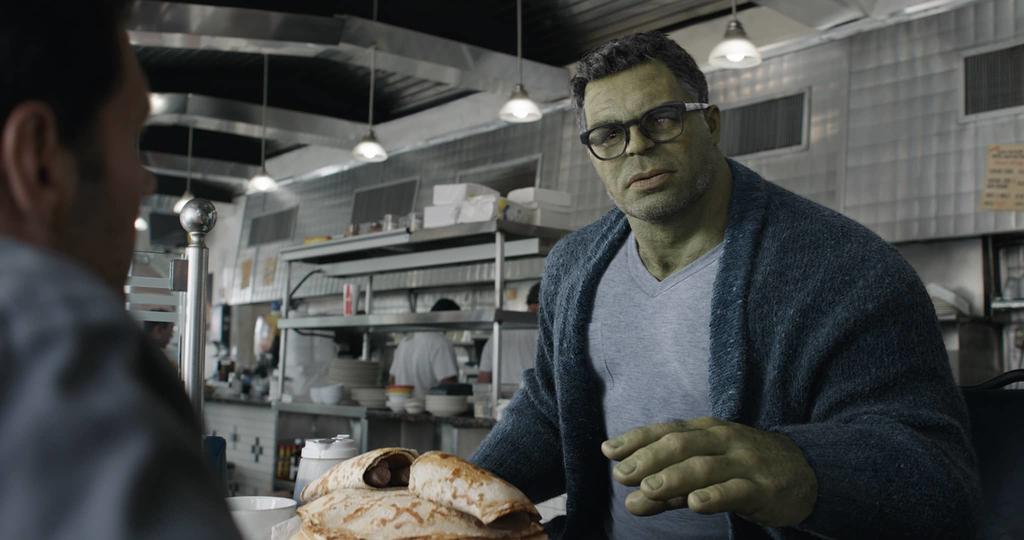
Things are taken a step further when it’s declared by Professor Hulk that the present can’t be altered by changing the past. Apparently, this is because whichever time someone travels to then becomes that person’s present. This bold statement in itself is a paradox that invites a multitude of questions. For a start, how we perceive time is subjective. Although that statement may be true for the time traveler, how does this affect those left behind? Does their timeline carry on as normal without them? What would happen to someone in the present if you killed them in the past? The statement suggests to me that new branches of time would be created but nothing is confirmed, and this doesn’t explain how Captain America is able to return to the spot he traveled back from at the end of the film.
Directors Joe and Anthony Russo have said in an interview that they originally wanted Thanos to throw Cap’s severed head in front of him before their final showdown. This head was meant to have come from an earlier time period that he had visited and laid waste to. This pretty much confirms that people in the present are not affected when they are killed in the past. This is daring, as it goes against the blueprint created by franchises such as Back to the Future and Terminator many decades ago. This blueprint has been used by just about every blockbuster from then all the way up to the recent Days of Future Past in the X-Men franchise.
By the conclusion of Endgame, many fans were left wondering why multiple characters who met their demise couldn’t easily be saved. Gamora was brought back from the past to the present and is still alive at the end of the film. She returned even despite the fact that she was sacrificed for the Soul Stone, and we were told by the Red Skull that this was irreversible. Why couldn’t Stark or Black Widow be returned in the same way? Better still, why couldn’t Dr. Strange simply use the Time Stone immediately after Stark’s death to bring him back? We have already seen him do it in his solo film and we have also seen Thanos do the same to recover the destroyed Mind Stone at the end of Avengers: Infinity War.
The Russo Brothers have since done what seems like a bit of backpedaling. They have suggested that what happens in the film is more like interdimensional travel, rather than time travel per se. This kind of fits with my own theory of branching timelines, although it still feels too much like trying to retroactively fix something after many people have poked holes in it. However, whether all the discrepancies can be answered is beside the point. Even if I’ve missed something and they could be, the fact that it has opened itself up to such dissection ultimately just detracts from the other great things it does so well.
How to Knock It out of the Park
The reason that this new approach didn’t quite work is because that universe is a very literal one. Nothing is open to interpretation in the way that a show such as Dark is. A show that leaves things to interpretation more so than any other is Twin Peaks. It just so happens that this show has also incorporated time travel into its narrative. In the penultimate episode of the latest series, Agent Cooper travels back in time to prevent Laura Palmer’s death.
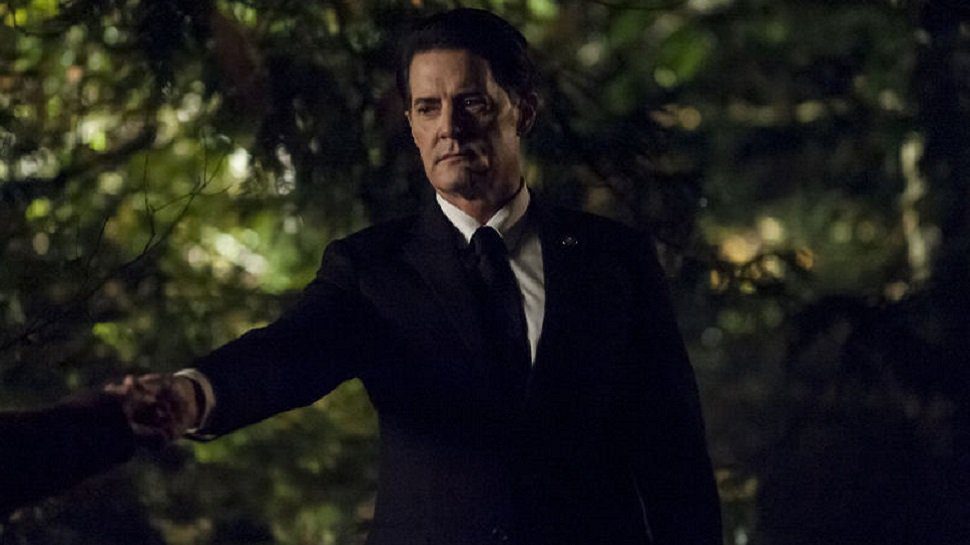
The way that director David Lynch shows how Cooper does this couldn’t be any more abstract. He uses the medium of film itself to portray the journey, the same way that Lynch often uses film as a tool to say something existential. He utilises the relationship between the viewer and the piece in the same way that a painter would with their artwork. When Cooper appears back in the woods on the night of Laura’s death, he phases in digitally as if being added in by a VFX Editor in real time. Likewise, Laura’s infamous corpse, wrapped in plastic, is scrubbed off the beach where she is found in the same way.
So Cooper succeeds to an extent, although these actions have other consequences. He loses Laura in the woods shortly after and there’s a suggestion that she is taken by a malevolent force. The next thing we see is Cooper exiting the Red Room. Consequently, after driving for a specific distance previously hinted at by The Fireman, he seems to cross over into another dimension of some kind. Whether this is something created by his journey through time is unclear. Although day changes instantly to night, it could still be the same time as he is now in a completely different part of the US in Odessa, Texas. Wherever he travels to, we can only say for sure that it’s a different location.
In this other place, there exists another version of Laura, although she has a completely different identity (Carrie Page). Cooper drives her all the way back to Twin Peaks to reunite her with her mother Sarah. When they arrive at their house, not only is she not there but the house seems to be occupied by Black Lodge entities of some kind. We know this because the lady who answers the doors uses a moniker (Tremond) that we have heard multiple times before in relation to them. They claim to have no knowledge of Sarah and Cooper is dumbfounded. In his confusion, standing in the street, he asks: “What year is this?” As he says this, Laura hears the faint sound of her mother calling her name and she screams at the top of her lungs. This is where the series ends.
This narrative choice and the way the series concludes has divided opinion. It has also been discussed at length what impact this journey through time has on the rest of that universe, the difference being that Lynch refuses to elaborate on it. Actually, it probably never even crossed his mind to try and do so. In my opinion, this is the best and only way to utilise something as fantastical as time travel.
However, it doesn’t have to be everything or nothing. Dark sits somewhere in between these two ends of the spectrum. Many films have played with the idea of time loops. In Source Code, they are used to try and prevent a disaster. In this narrative, technology allows one man to revisit a specific time and allows him a small period to prevent a terrorist attack. He can also keep revisiting this same time if he fails, each time gathering new information until he is successful. However, Groundhog Day utilises the same idea for comedic purposes. Bill Murray’s grumpy news reporter has to keep reliving the same day until he learns a valuable lesson in humanity. This film sits more closely to Twin Peaks though, as no attempt is made to explain how this situation occurs in the first place.
Looper takes things a step further in this regard. In this universe, the mob send people back in time to be executed by “Loopers.” This method is an ingenious way of disposing of unwanted individuals and circumvents the usual dismembering and burial of corpses. Things take a turn when our protagonist Joe realises that eventually, they send each Looper’s future self back to be terminated by their younger selves, therefore closing their loop. However, Joe’s future self manages to avoid being executed and chaos ensues. This is a great premise but isn’t seen through to a satisfactory conclusion. Despite this hiccup, Joe’s younger self eventually follows the same path that his older self did. This fails to answer the question as to why the central character didn’t change the course of his life when he knew where it was heading was a bad place. He also doesn’t seem to try.
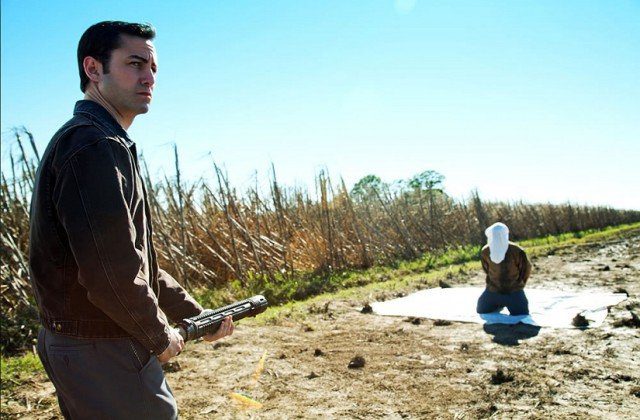
This is where Dark excels. It not only commits to the idea that time is cyclical, but it also addresses the ideas of fate and destiny head-on. This makes time a character in itself in the show, one that everyone is trying to beat. A recurring motif throughout the show is that what happens in the present can have an impact on the past, present, and future; that time is not linear but repeats in a cycle of 33 years. If you think this seems far-fetched, the idea of a cyclical universe is one that has been theorised in reality—most notably by Einstein in the 1920s, but it’s a theory that’s been revisited by numerous scientists right up until recent years.
Now, what caused the start of these cycles is unclear. There are many instances in the narrative where people create things after being visited by people from the future. However, there’s evidence that what they’ve created already exists. In one instance, Watchmaker H.G. Tannhaus creates a time machine from blueprints of his own design, given to him by Claudia Tiedemann, who has traveled back from the future. Another is that Charlotte Doppler is revealed to be her own grandmother. However, the most important example is how the gateway between three time periods is created in the first place. Jonas, our central character, who has been traveling back and forth through time for 33 years, tries to break the cycle by destroying this doorway. What he is unaware of is that he inadvertently creates the gateway by trying to close it. Confusing, right?
This is partially explained to us by Tannhaus as the “Bootstrap Paradox”: a situation where it becomes impossible to know what the origin of a cycle is after it has gone through so many repetitions. This is such an interesting and mysterious concept. Just like trying to accept that the universe is infinite, there are just some things that our minds can’t comprehend. Another good example of this kind of concept is in Interstellar. This film toys with the idea that the way we perceive time is affected by gravity and forces such as those created by a Black Hole. It shows how, if you were to get too close to one, it distorts time and will alter its effect on you. Where Interstellar uses science to try and explain how time can be manipulated, Dark uses philosophy with religious undertones.
The House Always Wins
The gateway in Dark allows one to travel between the years 1953, 1986, and 2019, each year being at the end of a 33-year cycle. Due to countless crisscrossing of multiple people, the overall timeline becomes immensely intricate and complex. From the very first episode, I thought I saw big plot holes, one being how young Mikkel found his way to the gate through the maze of the caves that it resides in. Little did I know that these things would all be answered in time (ahem).
Jonas is wrestling with the idea of bringing back young Mikkel to the present, despite the fact that he grows up from the past to the present to be his father. When Jonas finally gets to have a conversation with older Mikkel again by visiting him before he committed suicide, older Mikkel convinces Jonas to guide his younger self into the past. Jonas takes young Mikkel to the cave and guides him to the gateway. Everything comes full circle. It would take a long time and be extremely difficult to map out every character’s journey and how they intersect with others. If you focus on one character or one situation, though, everything fits into place.
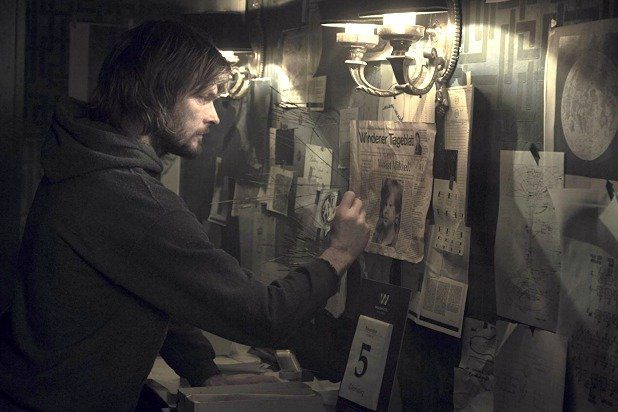
The narrative and how everything is connected is a metaphor for a giant mechanical clock. All the moving parts are the many individuals involved, all moving in different ways. Some move in big ways, others in small ways, but all are moving in circles. All are slaves to the ticking of the clock itself, which is time incarnate. Even the sound of ticking is used to cut from one scene to the next and the music is often in the style of a music box, which uses very similar mechanics.
There are three versions of Jonas that exist in the show’s timeline. The eldest of the three has come to respect time as a worthy adversary. He tries in vain to explain to his youngest self how futile it is to try and fight his fate. He goes as far as to dub time as “God.” The question then becomes, is everything that anyone does predestined? We see that many have tried to alter the cycle in extreme ways and yet nothing has changed. Is each cycle just one part of a bigger cycle, just like the smaller parts of a clock? It’s no coincidence that it’s a watchmaker who invented the time machine in this narrative.
When I ask these questions, it feels more intriguing than asking whether Iron Man can be resurrected in Endgame. The line of questioning changes from “Why didn’t they just do this?” to “I wonder why they made that choice?” This is, in essence, why Dark uses time in a much more compelling way. Time isn’t just a tool to be used as a means to an end; bending time to your will is the mission itself. When you think about it, what objective could be more important than that?
Teenage Dream, So Hard to Beat
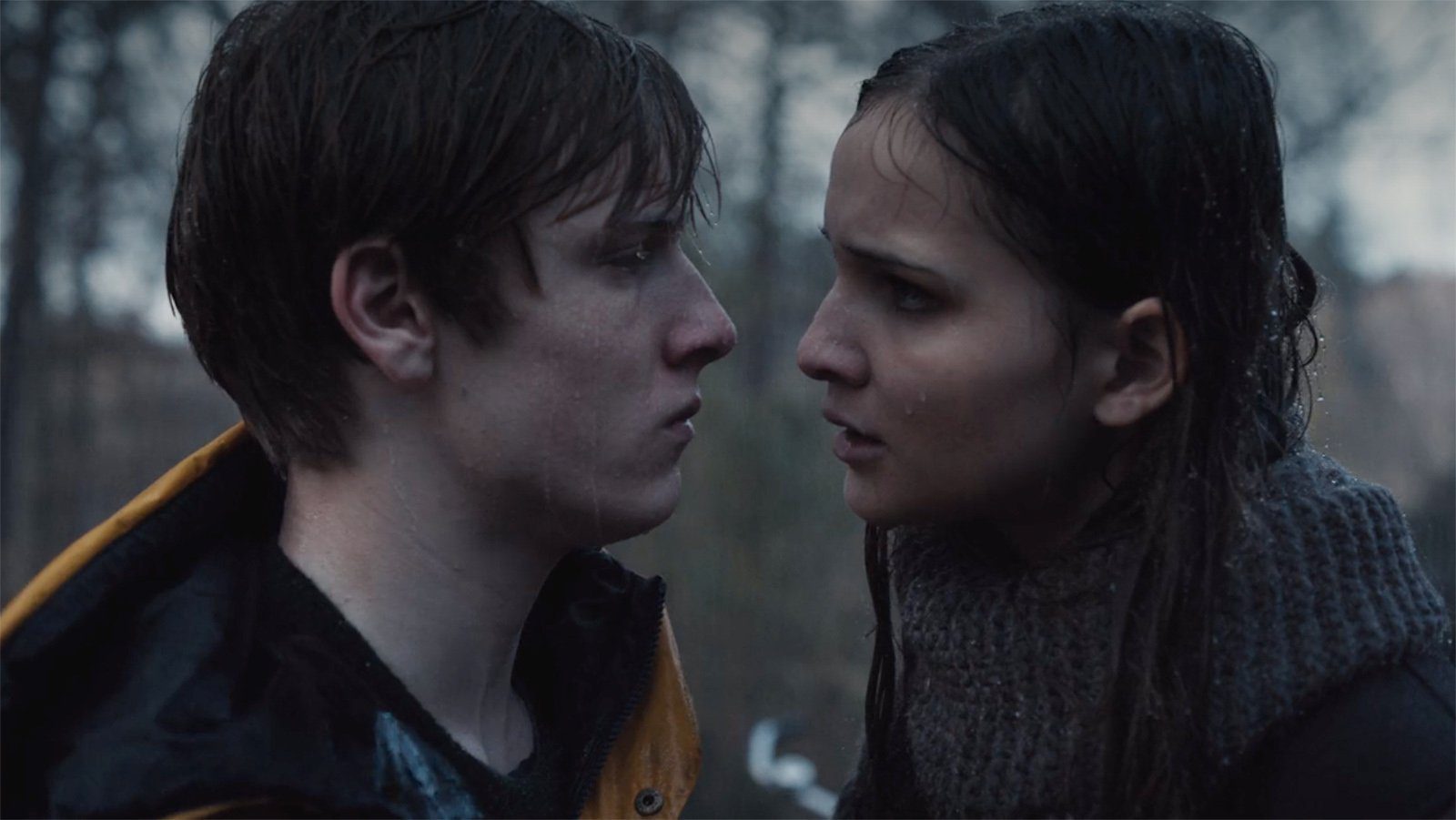
In spirit, I feel that Dark is closest to Donnie Darko (no pun intended). Both have a unique take on time travel and manage to balance the logistics and intrigue it creates in equal measure. Both follow a personal journey of a teenage boy who ultimately just wants to save the girl he loves. In Donnie Darko, a crack in time creates a “Tangent Universe.” It’s poor Donnie who’s charged with returning things to normal before the rift causes the Apocalypse. He ultimately succeeds in his mission at the cost of his own life. This sacrifice creates a time loop that returns the timeline to normal, saving all he loves.
For Jonas, his situation is not as easy to fix. His life is not even his own to sacrifice. Donnie Darko leaves things so ambiguous that many still don’t understand the plot. We’re yet to see the conclusion of Dark but I can see it leaving many just as baffled in its own way.
I find it exciting that writers are finding ways to reinvigorate one of fiction’s oldest tropes. The idea that the tiniest alteration can have catastrophic effects on the future has been done to death. Plus, Back to the Future nailed it the first time anyway. At least it’s often acknowledged; it’s referenced in Dark, Donnie Darko, and Endgame. I hope for more sophisticated takes on time travel such as this in the future…and the past…and the present.

